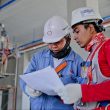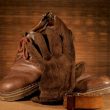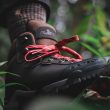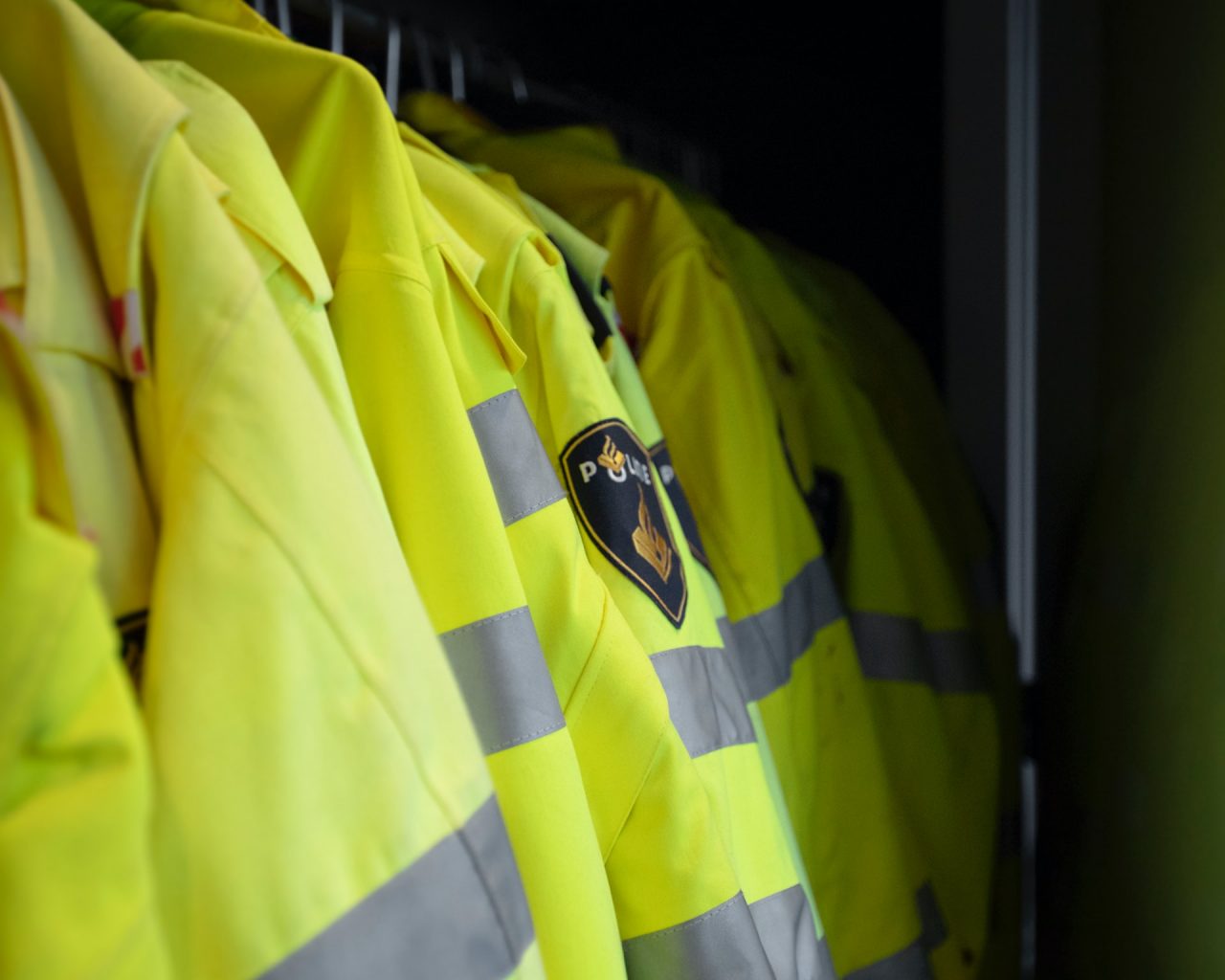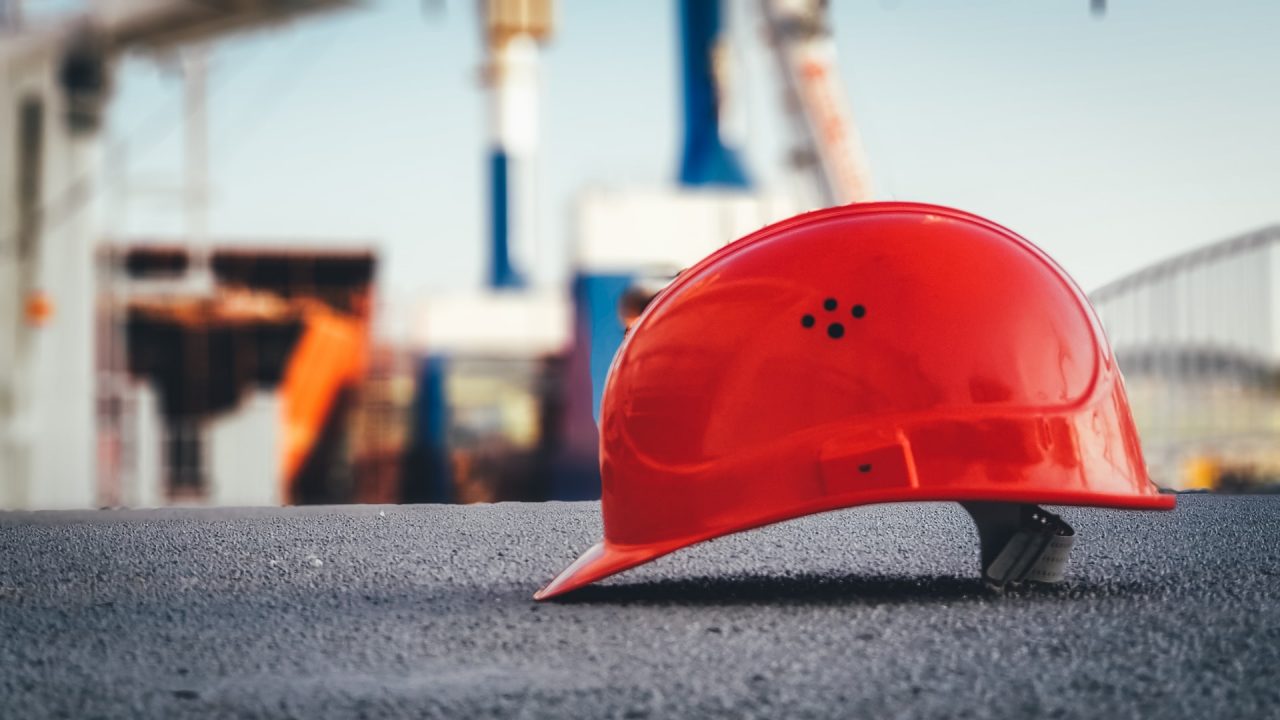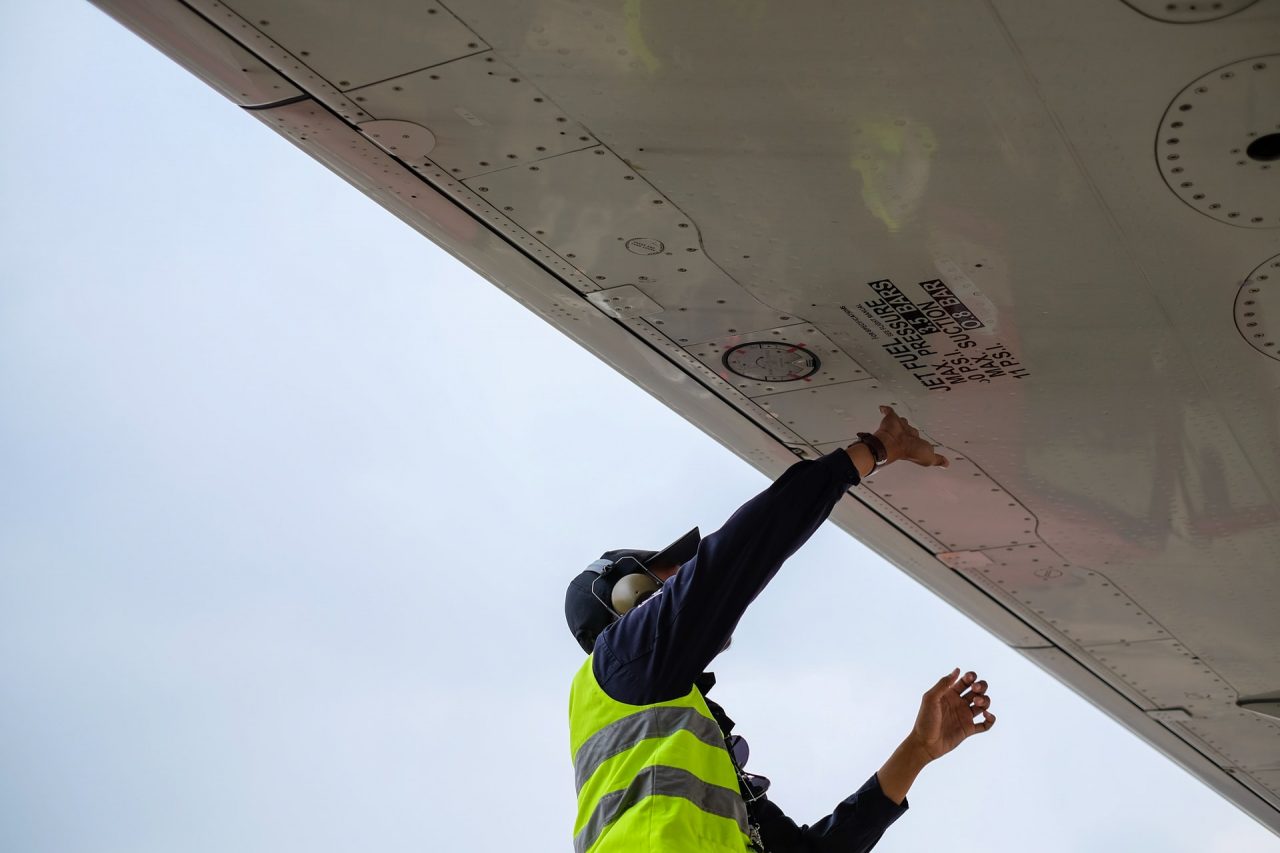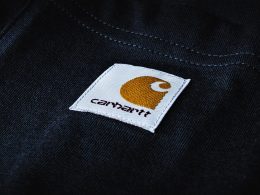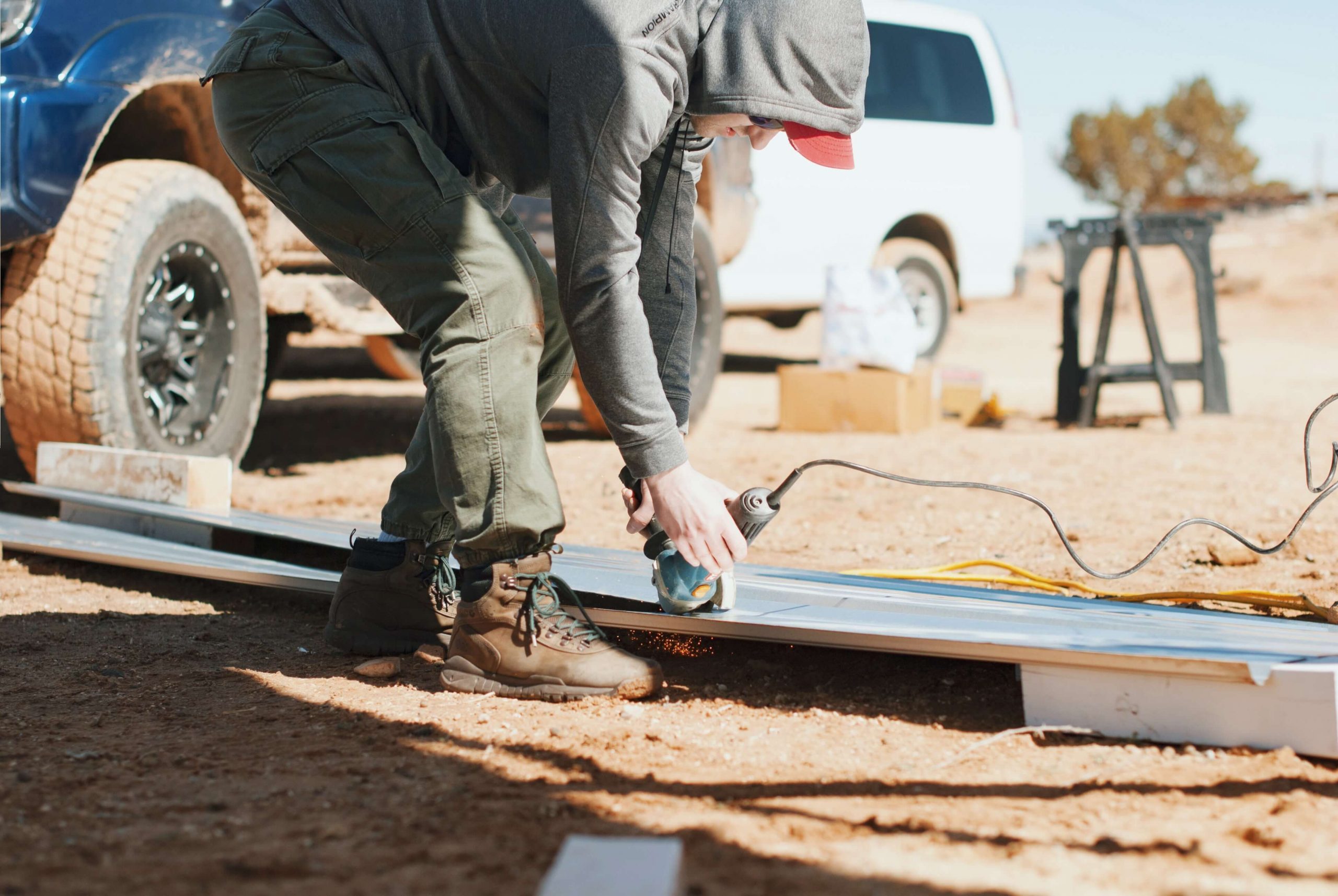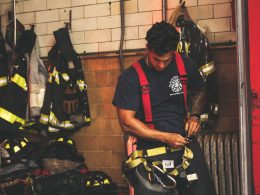Workwear Guru is reader-supported. When you buy through links on our site, we may earn an affiliate commission. Learn more
Almost 1 in 5 construction workplace fatalities occur due to pieces of equipment or vehicles hitting workers. Many of these struck-by injuries can easily be prevented by using high-visible safety apparel and safety shoes. For guaranteed protection, the clothes should fulfill a few requirements. But, what are they exactly? Well, read on, and you will find out.
What Is High Visibility Clothing?
High-visibility clothing, often abbreviated as hi-vis, is designed to help you be easier to spot. You can wear such clothes when you are at a worksite, on roads where vehicles are present, or any other case when you want to ensure that people can see you.
When Should You Replace Hi-Vis Clothing?
Most hi-vis clothes are designed to last about six months. The time when you should replace them depends on how you use and care for them. Let’s say you constantly have to wear your hi-vis clothes at work. In such a case, you most likely will have to replace the clothes more often than if you had to wear them only a few times a week. Some factors that signal it is time for you to replace your hi-vis clothes are:
- The fluorescent fabric has faded.
- There are tears or rips in the clothes.
- The reflective strip is worn down.
- The clothes are no longer visible from 1,000 feet during the day or night.
What Are High Visibility Clothing Classes?
All high visibility clothes should meet standard specifications for high visibility personal protective safety apparel in the U.S. set by the American National Standards Institute (ANSI). According to their standards and ratings, there are three high visibility clothing classes: Class 1, Class 2, and Class 3 clothes. ANSI bases this classification on the clothes’ reflective material and the contrasting colors used. The more hazardous that your workplace is, the more visible your clothes should be.
Class 1
If you work in low-impact areas away from traffic or where traffic does not exceed 25 MPH, then Class 1 vests are suitable for you. These vests should be fluorescent, bright yellow, or orange and include at least 155 square inches of reflective tape. Clothes from this class are typically worn by delivery drivers, roadside assistance personnel, and parking attendants.
Class 2
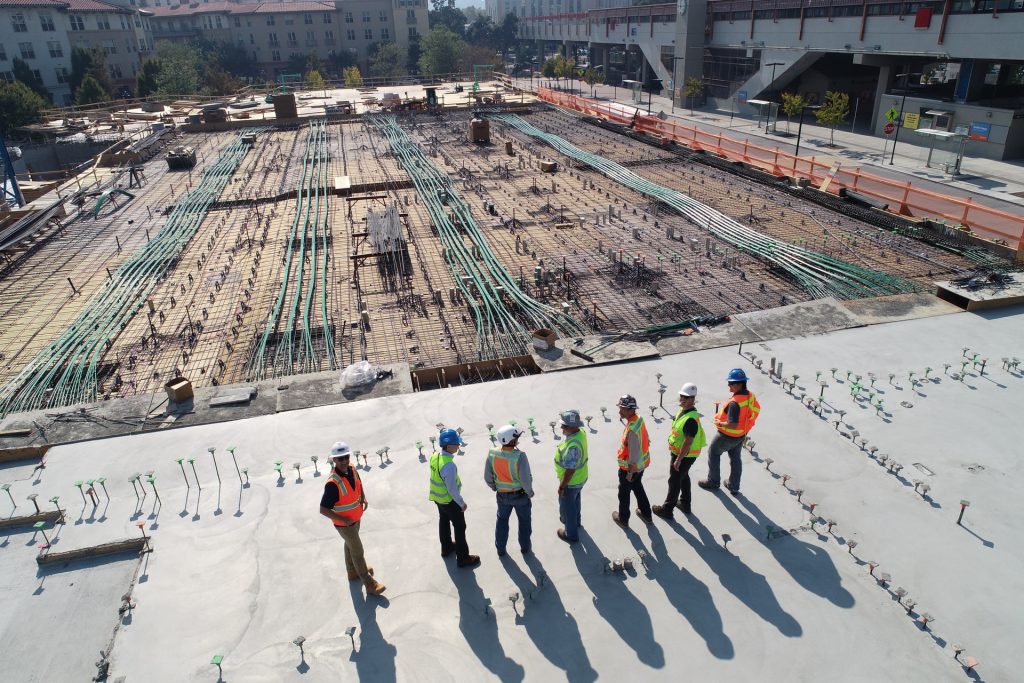
Class 2 garments are designed for areas where the traffic does not exceed 50 MPH. For example, they are suitable for roadways but not highways. These clothes should have at least 8.375 linear feet of 2-inch reflective tape or 12.2 linear feet of 3.8-inch reflective tape and at least 775 square inches of high-visibility background material. Many workers, including railway workers, members of law enforcement, roadway construction workers, school crossing guards, and emergency response personnel, wear class 2 hi-vis clothes.
Class 3
The class 3 clothes are designed for workers in hazardous areas near highways and roadways where the speed limit exceeds 50 MPH. These garments should have at least 12.92 linear feet of 2-inch reflective tape with at least 1240 square inches of background material. Typically, site inspectors, emergency responders, utility crews, survey crews, construction workers, and others wear class 3 hi-vis clothes. Compared to the other two classes, class 3 garments offer the most visibility.
The Difference Between Fluorescent and Retroreflective Materials?
Both fluorescent and retrospective materials ensure that the clothing pieces are visible and draw attention. However, there are differences between the two.
Fluorescent material can absorb UV rays from sunlight and release them as more visible light through pigments composed of dyed organic polymers. Even if there is no natural light, the fluorescent material is much brighter than most. On the other hand, the retroreflective material does not absorb the rays of light but instead only changes their direction by reflecting them to their source. This way, drivers can notice people wearing retroreflective clothes because the light from their headlights is reflected. Unlike the fluorescent material, the retroreflective ones work best in areas that are not well illuminated.
High Visibility Clothing Requirements
According to the Code of Federal Regulations, all workers exposed to either traffic or construction equipment within the work area should be wearing hi-vis safety garments. The apparel should fulfill the EN ISO 20471 high visibility clothing requirements set by the International Organization for Standardization (ISO).
Design
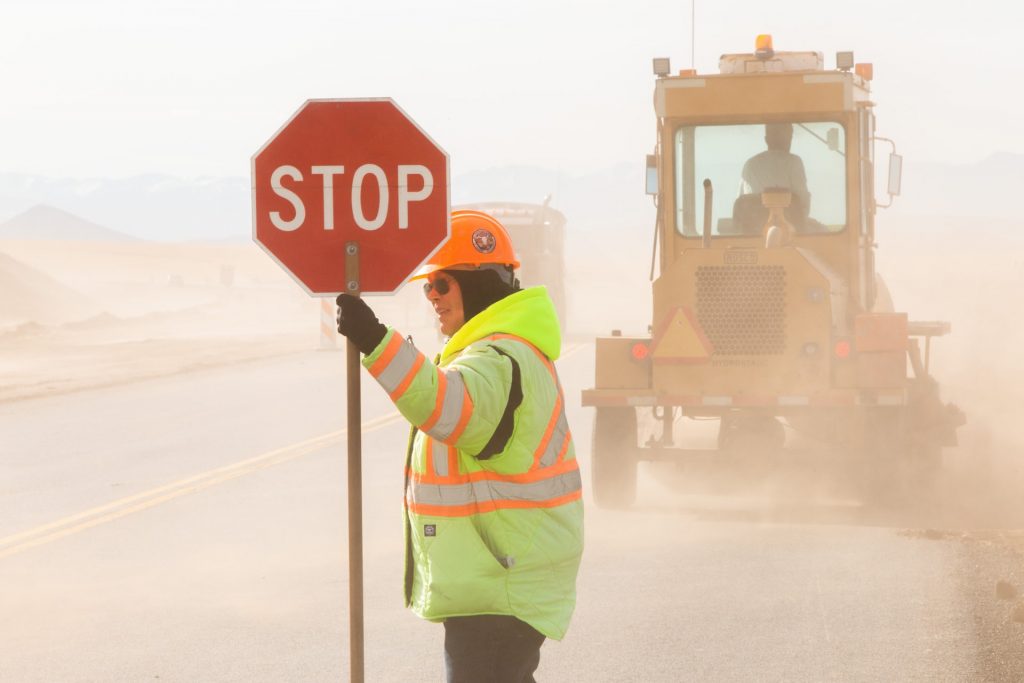
Regarding design, hi-vis apparel should have two stripes going from the shoulders to the waist and then a band around the waist. In addition, they must have a symmetric X on the back and stripes on both arms.
Brightness
High visibility clothes must use fluorescent materials for daylight and reflective material for low light or dark areas. These materials have brighter, more visible colors that give the clothes a glow that will help others notice you.
Color
For maximum visibility, hi-vis garments should have material pigmented with one of the following combinations:
- Fluorescent yellow-green material.
- Fluorescent orange-red/fluorescent red.
- Bright yellow-green.
- Bright orange-red.
Fit
The hi-vis clothes should fit the worker well, regardless of the garments underneath. The hi-vis clothes should comfortably stay in place throughout the working process. Workers should be careful not to cover the reflective or fluorescent material with other materials or equipment.
Size
The size of hi-vis working apparel should offer workers 360° full-body coverage to provide better protection and visibility. Depending on which class they belong to, the stripes of color used for contrast on the arms and legs should be around 2-3 inches.
Maintenance
If you want your high-visibility apparel to last longer, you need to clean and store it properly. Remember to inspect it on a regular basis so you can identify any potential issues early. Whenever you notice any signs of wear or tears, then it is best to replace them and ensure you are fully visible in your workspace.
Your safety is the most important thing in any workspace. By wearing high-visibility clothes, you can reduce the risk of accidents and improve your overall safety. Depending on where you work, there are various classes of hi-vis vests and other garments you can buy. Remember to check the clothes for labels that show they fulfill the EN ISO 20471 requirements and are ANSI approved. The safe way is always the right way.

